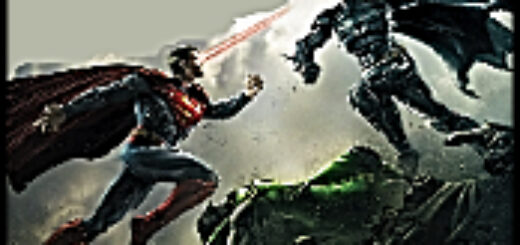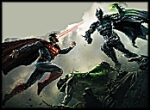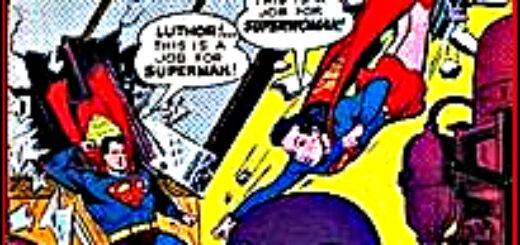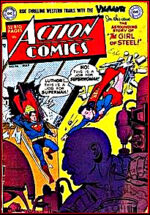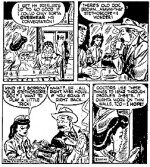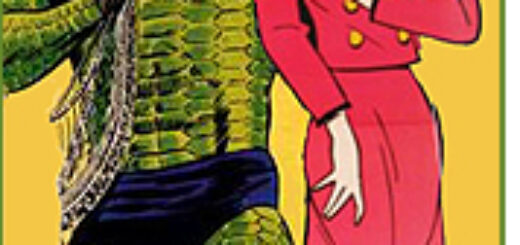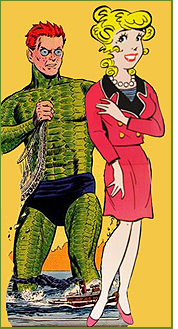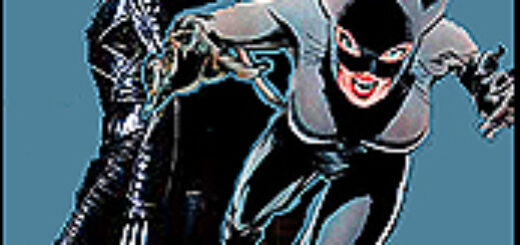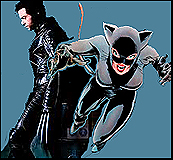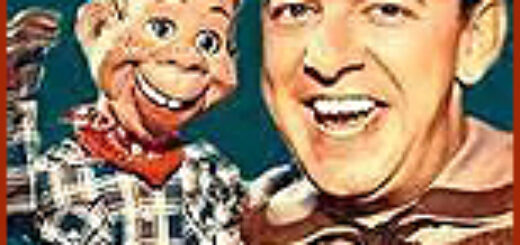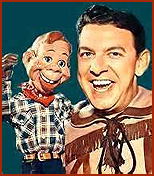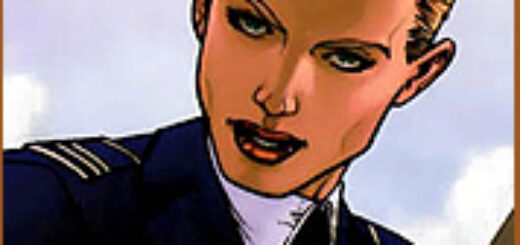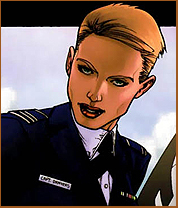REVIEW: JLA Adventures: Trapped in Time
 I am sometimes mystified by Warner Animation. Back in January, possibly as a part of their Target deal which rolled out last summer, shopped were able to buy JLA Adventures: Trapped in Time. This stealth release received zero publicity and marketing but clearly the exclusive window has closed with the animated feature now available everywhere.
I am sometimes mystified by Warner Animation. Back in January, possibly as a part of their Target deal which rolled out last summer, shopped were able to buy JLA Adventures: Trapped in Time. This stealth release received zero publicity and marketing but clearly the exclusive window has closed with the animated feature now available everywhere.
This is not the Justice League animated characters nor is it the New 52 animated reality; instead, it is some weird hybrid, an all-ages heroes versus villains romp done on the cheap. With the Legion of Super-Heroes’ foe the Time Trapper manipulating events, the Justice League of America — Superman (Peter Jessop), Wonder Woman (Grey DeLisle Griffin), Flash (Jason Spisak), Aquaman (Liam O’Brien), Batman (Diedrich Bader), Robin (Jack DeSena), Cyborg (Avery Kidd Waddell) — take on the Legion of Doom — Lex Luthor (Fred Tatasciore), Solomon Grundy (Kevin Michael Richardson), Black Manta (Richardson), Cheetah (Erica Luttrell), Bizarro (Michael David Donovan), Toyman (Tom Gibis), Captain Cold (Corey Burton), and Gorilla Grodd (Travis Willingham). So, if anything, this owes its pedigree to the defunct Super Friends (complete with wink and you miss it, cameos from Wendy, Marvin, and Wonder Dog) and no other animated series.
Of course, if you use the Time Trapper, you need some Legionnaires so we see Dawnstar (Laura Bailey) and Karate Kid (Dante Basco) in the 31st Century, demonstrating the JLA’s influence through the ages.
It certainly smacks of Saturday morning fare given its brief, 54 minute, running time and the far more limited animation in comparison with the more sophisticated direct-to-home-video fare we’ve become accustomed to. They’ve done a fine job distancing themselves from such franchises as noted by the different, but serviceable vocal cast. The character designs remain top-heavy but at least the angular chins that drive me nuts are more traditionally square-jawed. The costumes are also modified with a dumb-looking utility belt on Batman.
Written by Michael Ryan and produced and directed by Giancarlo Volpe, this provides us with some quirky takes on the characterization but they move things along at a nice clip, even if there’s more action than characterization for my taste.
You get, appropriately, two bonus episodes: The All-New Super Friends Hour “The Mysterious Time Creatures” and Super Friends’ “Elevator to Nowhere”.



 I love comic books. I have since I was five years old. I even love comic books I don’t like. I love the way the whole of words and pictures is bigger (and better) than the parts. I love the way that great storytellers can take a blank piece of paper (or computer screen) and
I love comic books. I have since I was five years old. I even love comic books I don’t like. I love the way the whole of words and pictures is bigger (and better) than the parts. I love the way that great storytellers can take a blank piece of paper (or computer screen) and 